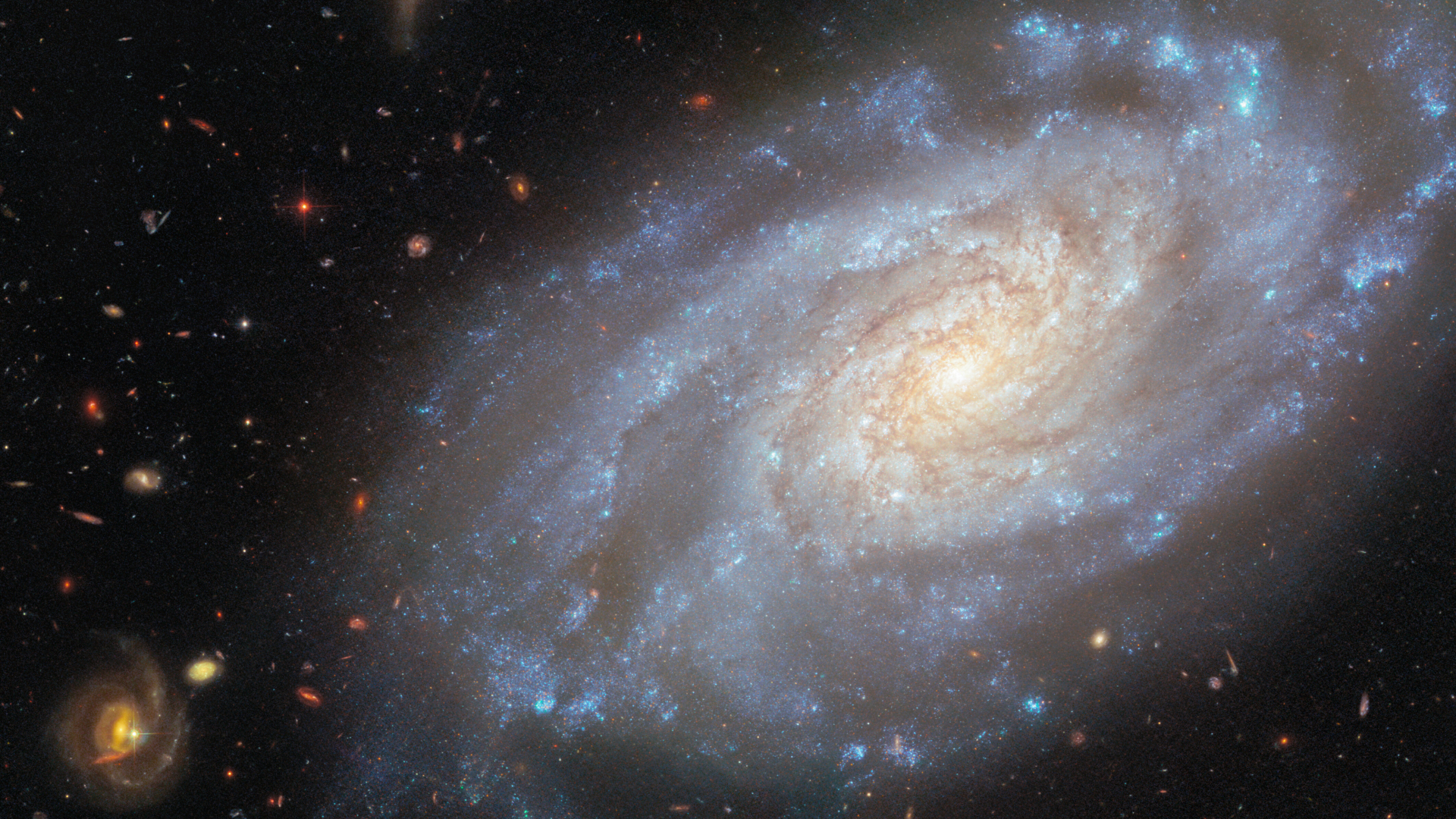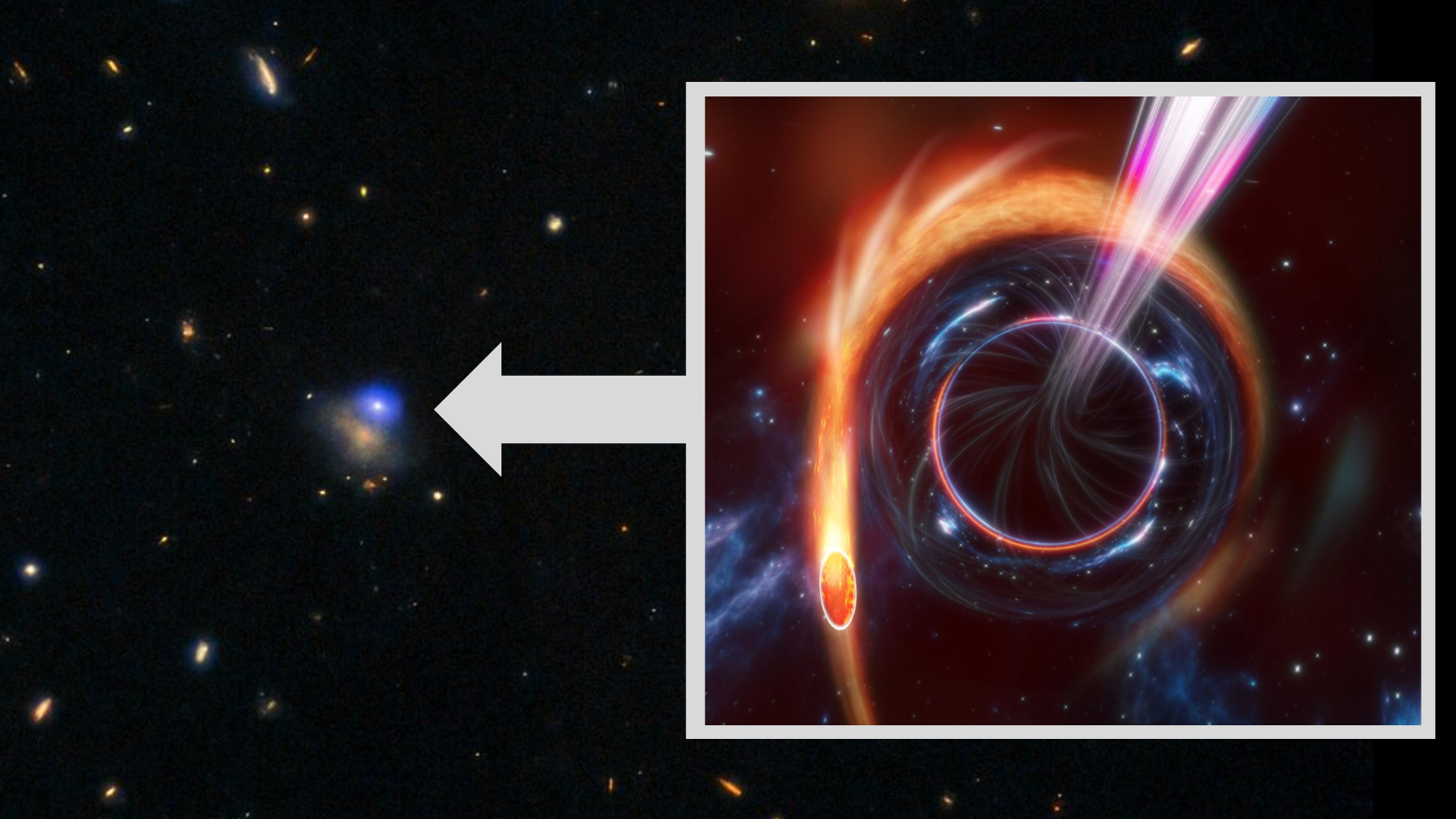Hubble sees spiral galaxy in Lion's heart | Space photo of the day for Nov. 4, 2025
This celestial portrait captures the galaxy in remarkable new detail, marking over two decades since Hubble first observed it.

Located in the constellation Leo, spiral galaxy NGC 3370 has long been a favorite among astronomers. NGC 3370 is part of a small galaxy group that also other galaxies studied by the Hubble Space Telescope. Studying these galaxies together helps astronomers understand how galaxies interact, evolve and influence one another over cosmic timescales.
What is it?
Spiral galaxies are among the most striking and familiar structures in the universe. Characterized by graceful, winding arms that spiral out from a bright central bulge, these systems are rich with both young and old stars, swirling gas and cosmic dust.
The Milky Way, our own galactic home, is one such spiral, and studying other examples like NGC 3370 provides astronomers with clues about how galaxies form and evolve.
Where is it?
Spiral galaxy NGC 3370 is located 90 million light years away in the Leo constellation.
Why is it amazing?
NGC 3370 is home to two types of celestial landmarks that have helped astronomers chart cosmic distances with precision: Cepheid variable stars and Type la supernovas. Cepheids are pulsating stars whose brightness rises and falls in predictable cycles, the longer the period of pulsation, the more luminous they are. Meanwhile, Type la supernovas occur when a white dwarf star undergoes a thermonuclear explosion, reaching nearly the same peak brightness each time.
By comparing how bright these objects appear from Earth with how bright they actually are, astronomers can calculate their distances, and in turn, measure how quickly the universe is expanding. Together, these "standard candles" form the backbone of the cosmic distance ladder, a framework that has shaped our modern understanding of cosmic scale and motion.
Want to learn more?
You can learn more about the Hubble Space Telescope and galaxy formation.
Breaking space news, the latest updates on rocket launches, skywatching events and more!
Kenna Hughes-Castleberry is the Content Manager at Space.com. Formerly, she was the Science Communicator at JILA, a physics research institute. Kenna is also a freelance science journalist. Her beats include quantum technology, AI, animal intelligence, corvids, and cephalopods.
You must confirm your public display name before commenting
Please logout and then login again, you will then be prompted to enter your display name.

